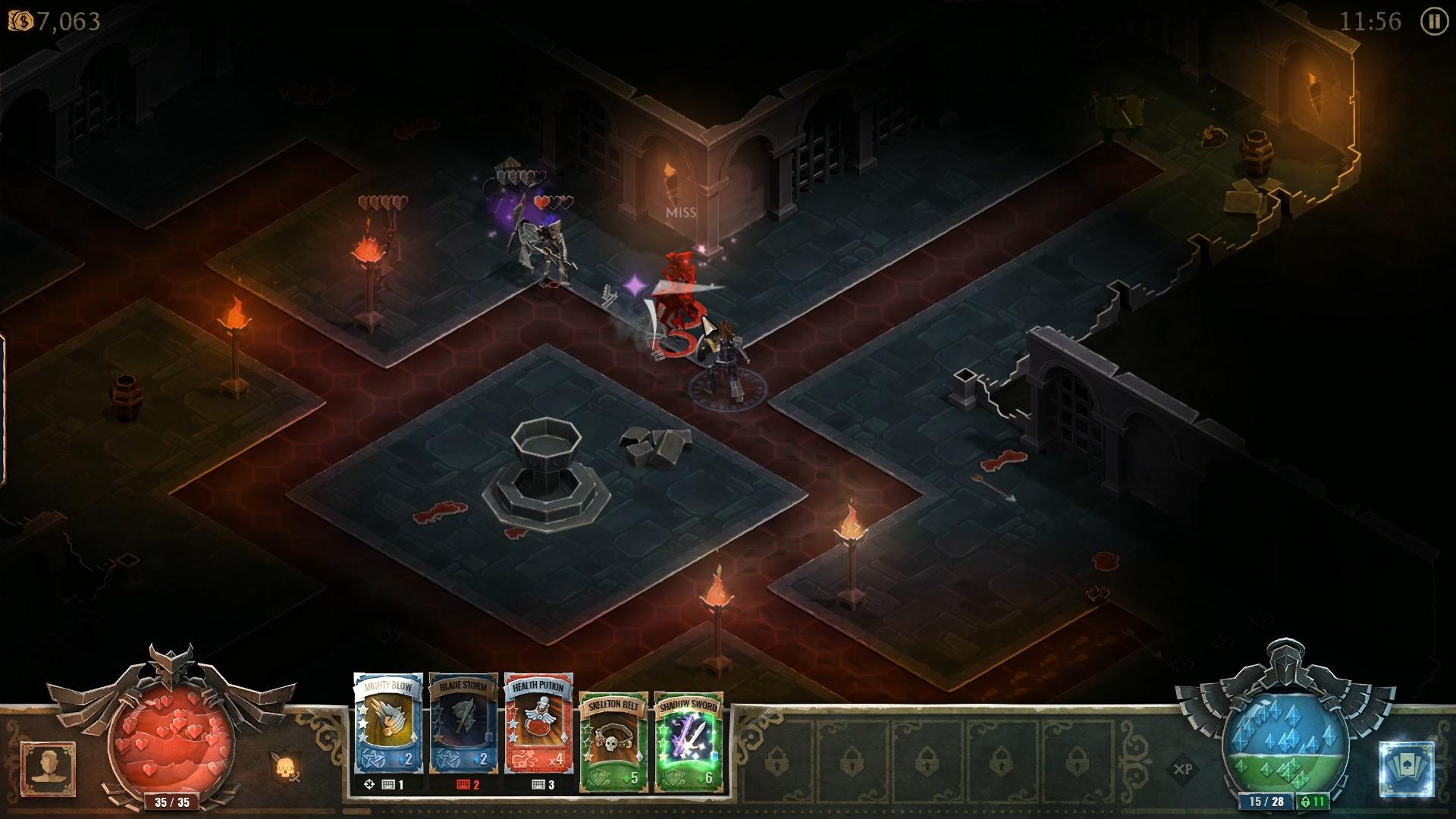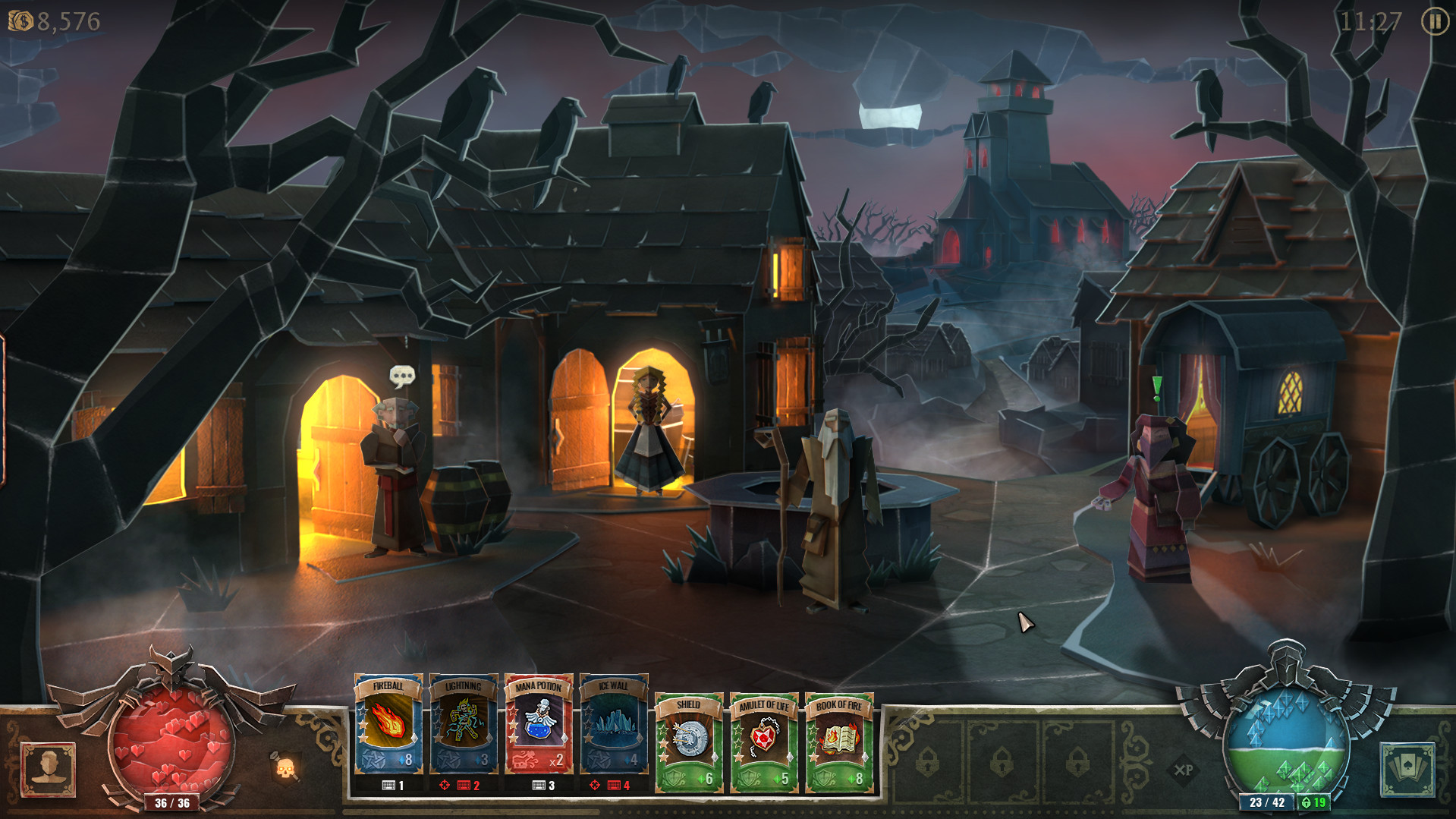


Pazuzu in particular was invoked to fight Lamashtu, but other protective spirits also opposed her.

Her feet were talons, and, according to the inscribed spells, “her hands are a net, her grip means death.” Belief in demons probably goes back to the Paleolithic age, stemming from humanitys fear of the unknown, the strange and the horrific. Her human body had heavy breasts that suckled a dog and a pig. She was a hideous creature, with the head of a lion (or perhaps a dog or wolf), long donkey ears, and straggly hair. Perhaps the greatest universal human fear is that harm might come to children, and in Mesopotamia, this dread was embodied in the form of the evil demon known as Lamashtu, who was thought to harm pregnant women and kill babies. Another incantation found on his amulets commands the evil demons to keep away from the house he protects:Īgony of mankind, disease of mankind, suffering of mankind, do notĮnter the house I enter, do not come near the house I come near, do An early 20th-century Persian manuscript on magic and astrology held at Princeton’s Department of Rare Books and Special Collections provides a glimpse into this mystical world with dozens of. Although a powerful wind demon himself (as signified by his wings) he served as guardian of the home. Pazuzu’s presence on amulets shows that his fearful strength could be used to keep away other harmful demons. Perfect for your vintage library setting or fun for Halloween Artisan hand made so design, color, and measurements may vary.


 0 kommentar(er)
0 kommentar(er)
